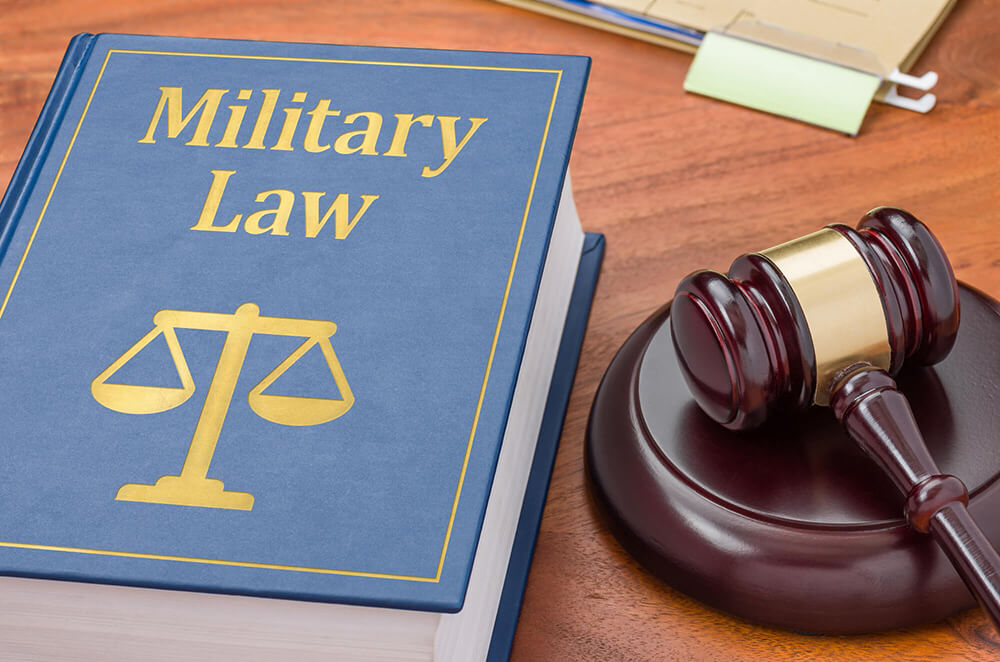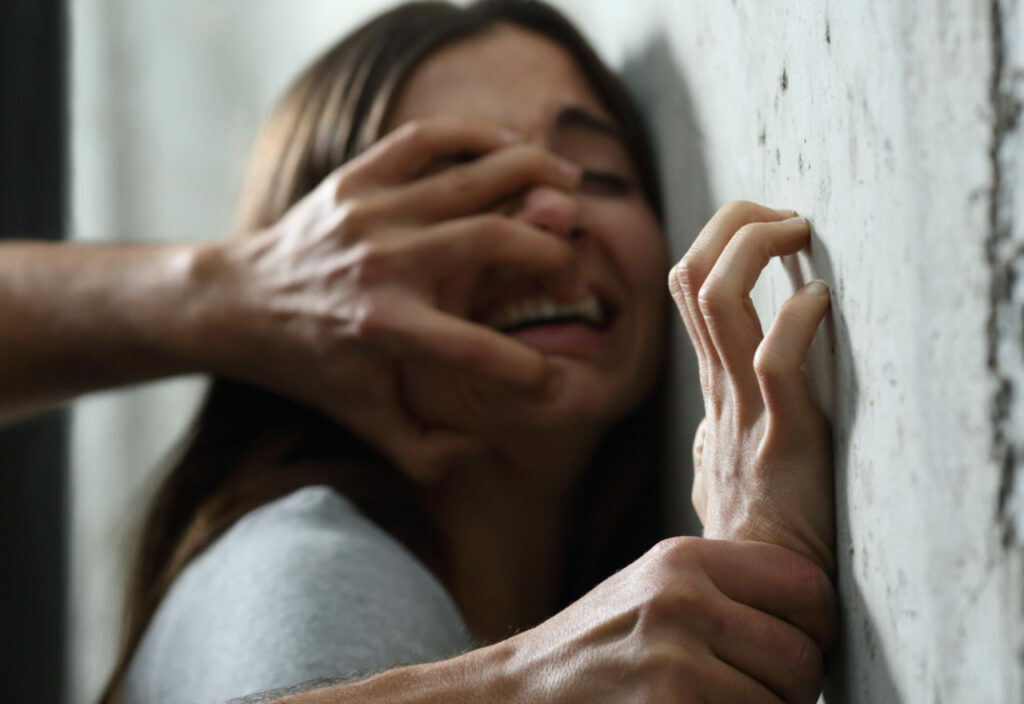
Unlawful command influence is said to be the “mortal enemy of military justice,” but defining what that actually means is somewhat complicated. When potential clients ask us if they potentially have an issue with unlawful command influence, we always have to apply their specific facts to the law. The follow up question is often whether or not the particular prosecutor in their case is being vindictive–in particular when court martial charges come on the heels of an Article 15 or NJP turndown.
Here we will breakdown the law on unlawful command influence and prosecutorial vindictiveness. To get a conclusion on a particular case, the facts would need to be applied to the law which should drive the conclusion.
 There are two types of unlawful command influence, actual unlawful command influence, and apparent unlawful command influence. (See United States v. Boyce, 76 M.J. 242, 247 (C.A.A.F. 2017.)) Actual unlawful command influence “is an improper manipulation of the criminal justice process which negatively affects the fair handling and/or disposition of a case.”
Actual unlawful command influence requires the Accused demonstrating “some evidence” which, if true, constitute unlawful command influence, that the proceedings are unfair, and that the unlawful command influence is the cause of the unfairness (United States v. Salyer).
There are two types of unlawful command influence, actual unlawful command influence, and apparent unlawful command influence. (See United States v. Boyce, 76 M.J. 242, 247 (C.A.A.F. 2017.)) Actual unlawful command influence “is an improper manipulation of the criminal justice process which negatively affects the fair handling and/or disposition of a case.”
Actual unlawful command influence requires the Accused demonstrating “some evidence” which, if true, constitute unlawful command influence, that the proceedings are unfair, and that the unlawful command influence is the cause of the unfairness (United States v. Salyer).
The Burden On Factual Matters Is By A Preponderance Of The Evidence
For unlawful influence, the Defense has the initial burden of showing facts which, if true, constitute unlawful influence. The Government then has the burden, beyond a reasonable doubt, to show that there was no unlawful influence or that the unlawful influence would not affect the proceedings (United States v. Biagase). For prosecutorial vindictiveness, the Defense bears the initial burden of demonstrating that the decision to prosecute was based on impermissible considerations such as race, religion or the desire to prevent the exercise of a constitutional right. (See United States v. Covington, 1987 CMR LEXIS 533 (A.F.C.M.R. 1987)). The Government must then rebut the showing of vindictiveness. (See United States v. Bass, 11 M.J. 545 (A.C.M.R. 1981)). As stated above, unlawful command influence is “the mortal enemy of military justice.” United States v. Kitts, 23 M.J. 105, 107 (C.M.A. 1986) (quoting United States v. Thomas, 22 M.J. 388, 393 (C.M.A. 1986)). Courts are committed to preventing interference from non-command sources. Historically, courts have focused on abuses committed by those acting with the mantle of command authority. However, courts apply the same test for unlawful influence as that of unlawful command influence. Id.Unlawful Command Influence
 There are two types of unlawful command influence, actual unlawful command influence, and apparent unlawful command influence. (See United States v. Boyce, 76 M.J. 242, 247 (C.A.A.F. 2017.)) Actual unlawful command influence “is an improper manipulation of the criminal justice process which negatively affects the fair handling and/or disposition of a case.”
Actual unlawful command influence requires the Accused demonstrating “some evidence” which, if true, constitute unlawful command influence, that the proceedings are unfair, and that the unlawful command influence is the cause of the unfairness (United States v. Salyer).
There are two types of unlawful command influence, actual unlawful command influence, and apparent unlawful command influence. (See United States v. Boyce, 76 M.J. 242, 247 (C.A.A.F. 2017.)) Actual unlawful command influence “is an improper manipulation of the criminal justice process which negatively affects the fair handling and/or disposition of a case.”
Actual unlawful command influence requires the Accused demonstrating “some evidence” which, if true, constitute unlawful command influence, that the proceedings are unfair, and that the unlawful command influence is the cause of the unfairness (United States v. Salyer).
What The Government Needs To Demonstrate
Once the issue of unlawful command influence is raised, the burden shifts to the Government to demonstrate, beyond a reasonable doubt, the facts do not exist, the facts do not constitute unlawful command influence, or the Accused has been prejudiced. Regardless of if there is actual unlawful command influence, “there may be a question whether the influence of command placed an ‘intolerable strain on public perception of the military justice system.’” (Salyer, 72 M.J. at 423.) The test is objective and requires analyzing whether the unlawful command influence arises “where, an objective, disinterested observer, fully informed of all the facts and circumstances, would harbor a significant doubt about the fairness of the proceeding.” (Id. (quoting United States v. Lewis, 63 M.J. 405, 415 (C.A.A.F. 2006))Prosecutorial Misconduct
A claim of prosecutorial vindictiveness requires establishing the decision to prosecute was based on impermissible considerations such as race, religion, or the desire to prevent the exercise of a constitutional right. “In the classic prosecutorial vindictiveness case, the subsequent charges are harsher variations of the same decision to prosecute.” (United States v. Davis). The Government would then have the opportunity to rebut the showing of vindictiveness. (See United States v. Bass, 11 M.J. 545 (A.C.M.R. 1981).) “The test for prosecutorial vindictiveness is whether, in a particular factual situation, there is a realistic likelihood of vindictiveness for the preferral of charges against the accused. The mere possibility that prosecutorial conduct may be vindictive is insufficient to trigger judicial sanctions.” (United States v Blanchette) Courts have long recognized that members have a right to refuse NJP and demand trial by court-martial. “[E]very service member has a substantial right to demand trial by court-martial upon the offer of Article 15 punishment without apprehension that the Government will retaliate by preferring charges in an unreasonable number or degree of severity or by referring the charges to an unnecessarily severe level of court-martial.” Each claim of prosecutorial vindictiveness is determined by the unique facts of each individual case. (See Davis, 18 M.J. at 822 (citation omitted).)Contact Us Today
If you believe your case involves unlawful command influence or prosecutorial misconduct and you want to take your representation to the next level, please contact Bilecki Law Group and schedule a free initial consultation.Defending Service Members Globally
Wherever Duty Calls, Our Defense Follows




